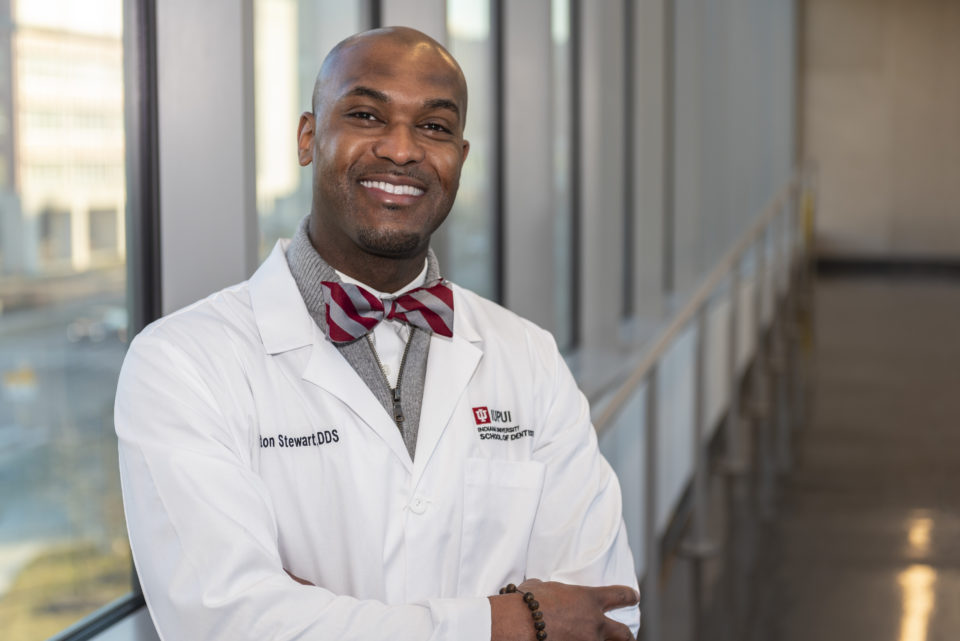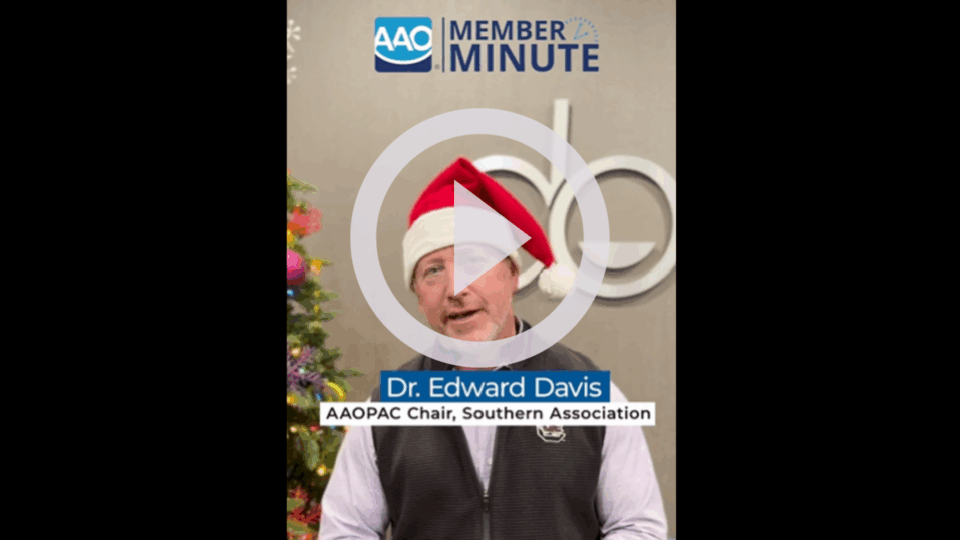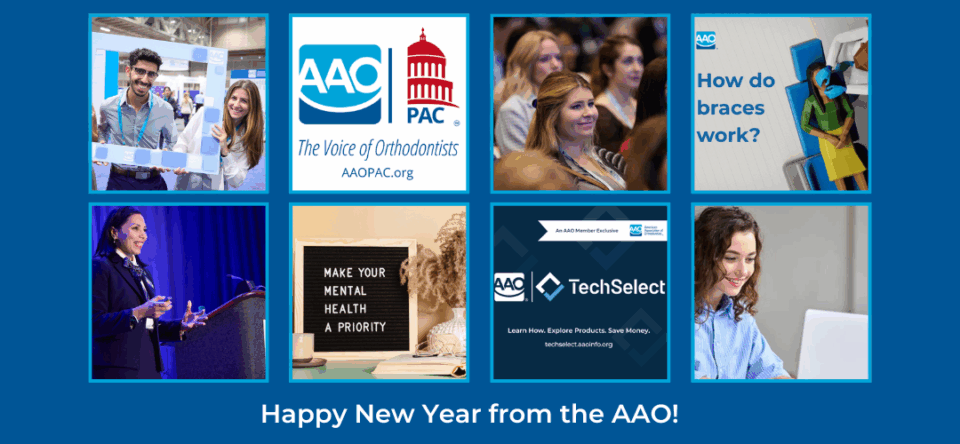As a young boy growing up in Arlington, Texas, Dr. Kelton Stewart knew he would pursue a career requiring a high level of education.
“My mom was an accountant and my dad was a civil engineer,” he said. “My parents had similarly high expectations of my sisters and me, in part because my grandparents had sacrificed for them to become well-educated. My older sister is now an education professor and my younger sister is an optometrist.”
Dr. Stewart had never envisioned himself working in any dental field, but that began to change once he became an orthodontic patient.
“My parents would drop me off at the orthodontist’s office and then needed to go back to work,” Dr. Stewart explains. “I would sit in the waiting area after my appointments, waiting for them to finish work and return to pick me up. My orthodontist, Dr. Larry Goates, saw me sitting there one day. He came over to check that I was OK, and then we began talking.”
That initial conversation led to frequent discussions on a variety of topics, including the process of orthodontic treatment in relation to Dr. Stewart’s case.
“I found it very interesting to learn how orthodontics works,” he says. “Soon, I was working part-time doing chores around the office and continued working there during summers.”
On the Path Toward a Career in Orthodontic Education
By the time he was in college, Dr. Stewart was pre-dental with a long-term plan to become an orthodontist. He completed dental school and the orthodontic program at Baylor College of Dentistry (now Texas A&M University College of Dentistry).
“Going back to what I had learned from Dr. Goates, I felt very good about the opportunities to help people and to positively impact my community in the orthodontic field,” says Dr. Stewart. “I was very grateful that he had taken time with me.”
As a third-year dental student, Dr. Stewart was preparing to apply to orthodontic programs and then learned about an additional career possibility.
“Baylor was rolling out a program designed to bring people from under-represented groups into dental education,” he says. “I became part of this pipeline program and continued that work into residency, with the support of the residency faculty. In addition to my dental and orthodontic classes, I took classes on topics like curriculum development and student assessment.”
By committing to teaching for several years post-residency, Dr Stewart received financial assistance with his residency expenses.
“I had already done quite a bit of tutoring, so I thought teaching might come naturally to me,” he says. “By the end of residency, I had received an offer to join the faculty of the Indiana University orthodontic program and was very impressed by the program and the opportunities that existed there.”
After beginning his teaching career in 2008, Dr. Stewart went on to teach many classes in the IU orthodontic program. One of his favorite classes to teach is interdisciplinary treatment.
“Many cases today require us to work with other dental specialists,” he notes. “And this class includes endodontic, periodontic and prosthodontic residents as well as orthodontic residents. Having all of these different perspectives in the classroom makes for a very rich and interesting class environment.”
In recognition of his success as an educator, in 2017 the Indiana Dental Association recognized Dr. Stewart as Outstanding Faculty Member of the Year.
Sharing Knowledge, Ideas and Skills as a Leader
Dr. Stewart became interim chair of the IU Department of Orthodontics and Facial Genetics in 2017 and became department chair in 2019. As department chair, Dr. Stewart succeeded Dr. Katherine Kula, who retired in 2018.
“Dr. Kula was a wonderful mentor for me,” says Dr Stewart. “Recalling some of the barriers that she faced as a female academician, she helped me as an African-American to avoid similar barriers. She encouraged me to pursue academic leadership training, which I did. I have taken nearly all of the Academy for Advancing Leadership (AAL) classes and was grateful, early in my teaching career, to receive an AAO Full-Time Faculty Fellowship Award.”
Dr. Stewart continues to teach many classes in the orthodontic program and is also the clinic director.
“I find it rewarding to be engaged with the residents in every aspect of their education,” he says. “They continually make me very proud.”
As Dr. Stewart’s interest in leadership developed, he served as president of the AAO Society of Educators, which provides networking opportunities for orthodontic educators including a yearly meeting at the AAO Annual Session. Dr. Stewart is now the vice president of the Great Lakes Association of Orthodontists and is the chair of the AAO Council on Education.
“When I was growing up, my parents Impressed upon us the importance of having a voice and a seat at the table, which in most fields would mean engaging as a leader in some way,” he says. “Of course, everyone interested in that type of role has to show willingness to take on various tasks and demonstrate that you can have an impact. I always felt comfortable doing so because of what I learned at home.”
Additional professional activities that Dr. Stewart enjoys include traveling throughout the world to exchange knowledge and ideas with other orthodontists and orthodontic educators. He also likes to engage with his local community in Indianapolis.
“I view my role as, in part, a national platform to inspire others – including orthodontic residents and dental students, but also young people who are unfamiliar with orthodontic careers,” he says. “I go out to speak at schools and like to engage with people at all levels and expose them to the impact that you can have on patients’ lives and your community as an orthodontist.”
During the past year Dr. Stewart has also followed the activities of the AAO Inclusion and Engagement Task Force, which recently announced the results of the first AAO member survey on inclusiveness.
“Everything starts with information and conversation,” says Dr. Stewart. “The AAO’s diversity is growing and understanding current perceptions and experiences will make it easier to monitor progress in making it possible for everyone to have an impact. It is great that the individuals on the I&E Task Force are putting so much time and effort into this initiative.
“I believe the AAO we will become stronger and more effective with meeting our mission and goals as we continue to promote and embrace the diversity and uniqueness of our many members,” adds Dr. Stewart. “This is such an exciting time, and I am very excited to see the amazing future that we are working to shape through our current efforts.”
The above story is published as part of the AAO’s observance of 2022 Black History Month. To learn about upcoming stories in this series as they are released, follow the AAO on social media:
– Facebook
– Twitter



